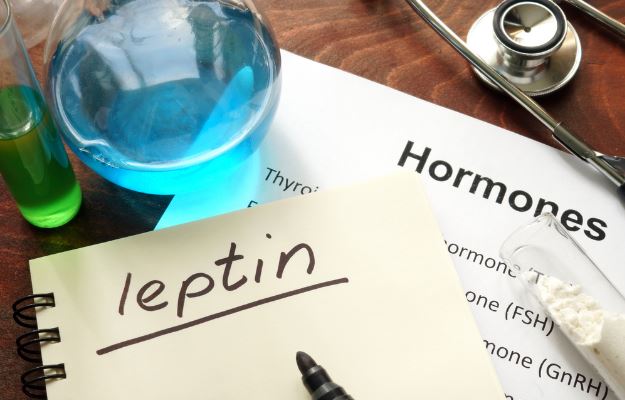We get vitamin D3 from exposure to sunlight, meat, fish oil, and egg yolks, and we can get vitamin D2 from plants. Vitamin D is not just a single vitamin but is a family of nutrients that have different chemical structures.
The most commonly found vitamins in the diet are Vitamin D2 and D3. Although both types of vitamins are beneficial in meeting vitamin D requirements, they differ in some important ways. Research also shows that vitamin D2 is less effective than vitamin D3 at increasing vitamin D levels in the blood. In this article you will learn about the main differences between Vitamin D2 and D3.
Read more - (Vitamin D rich foods)












